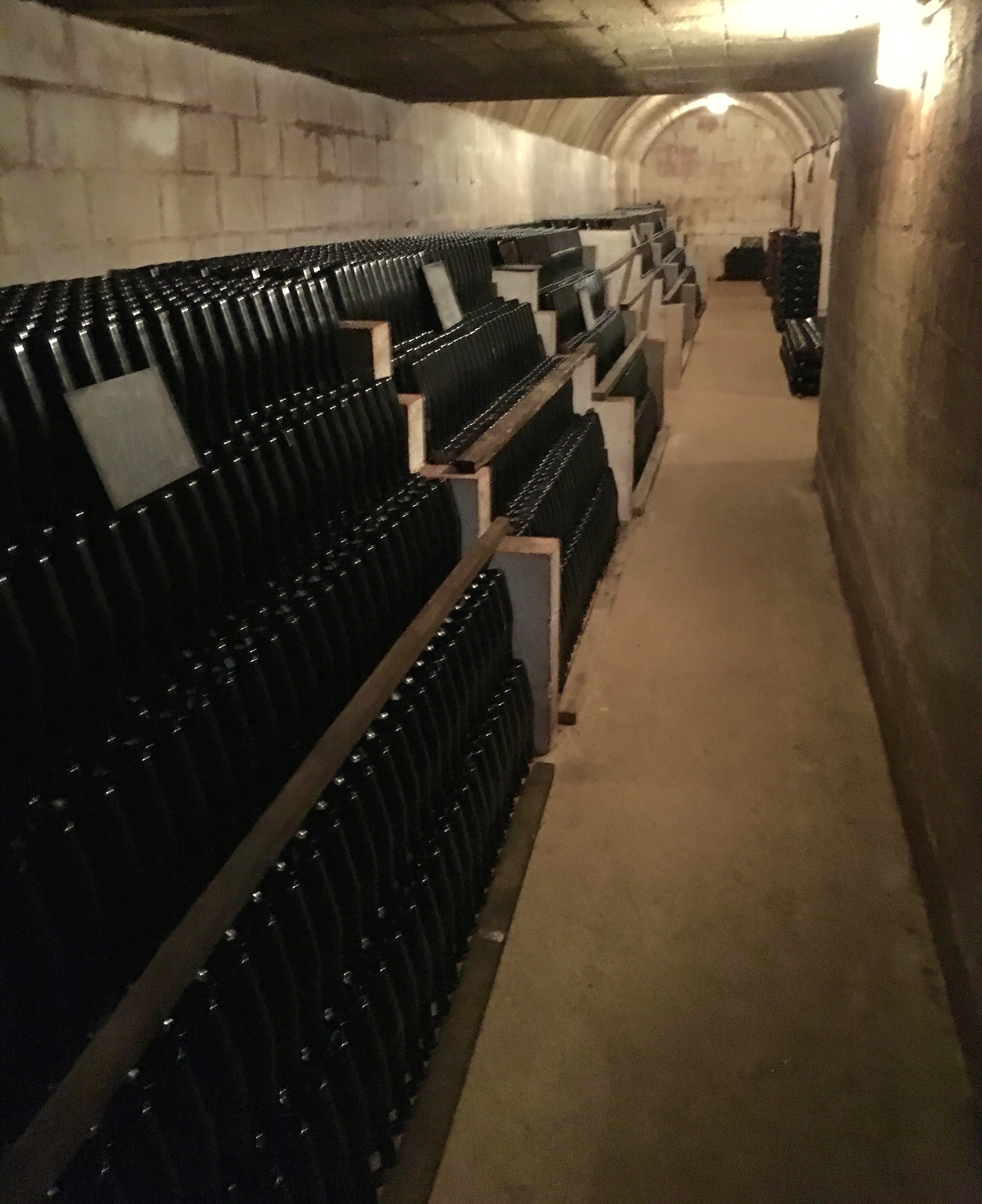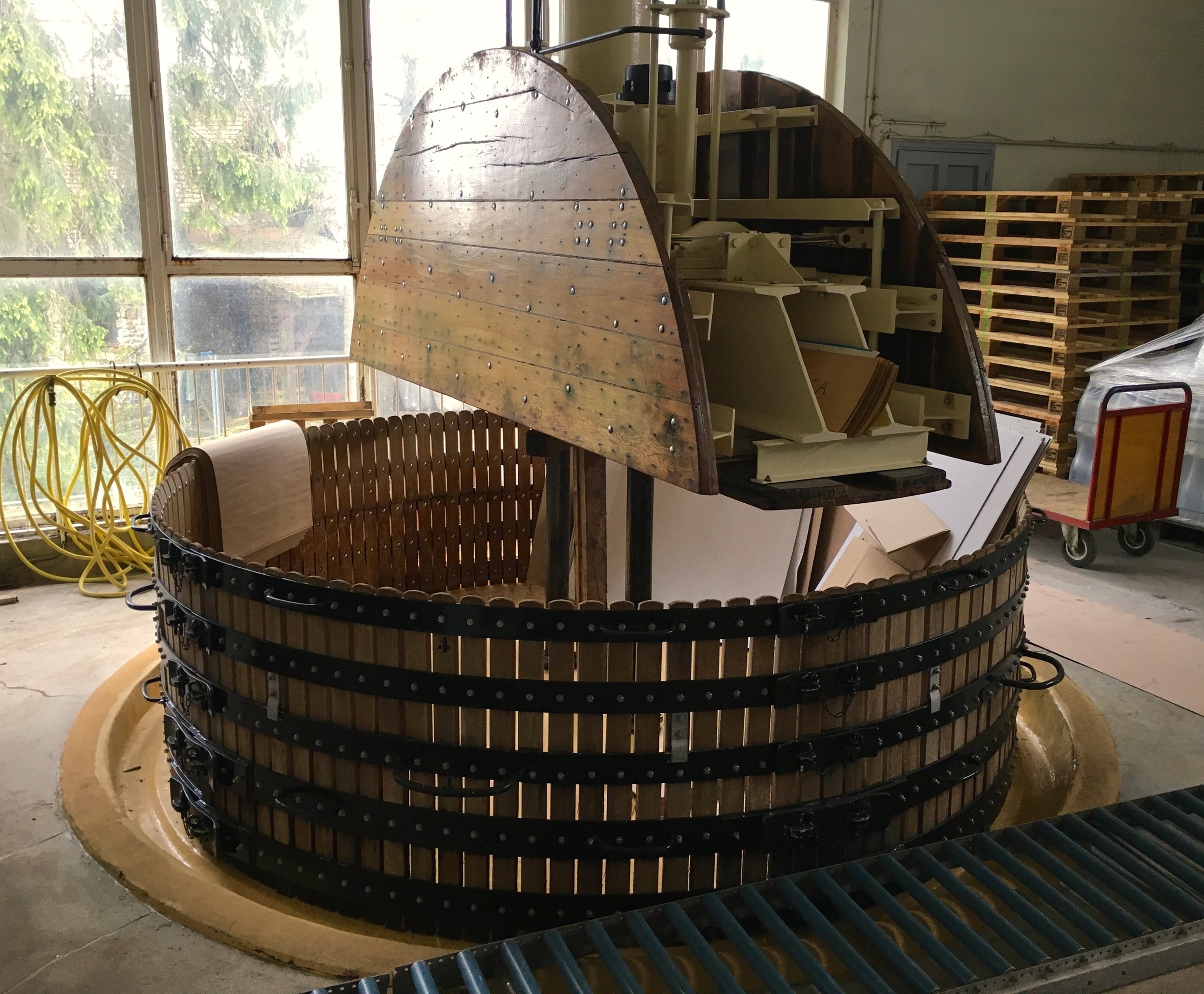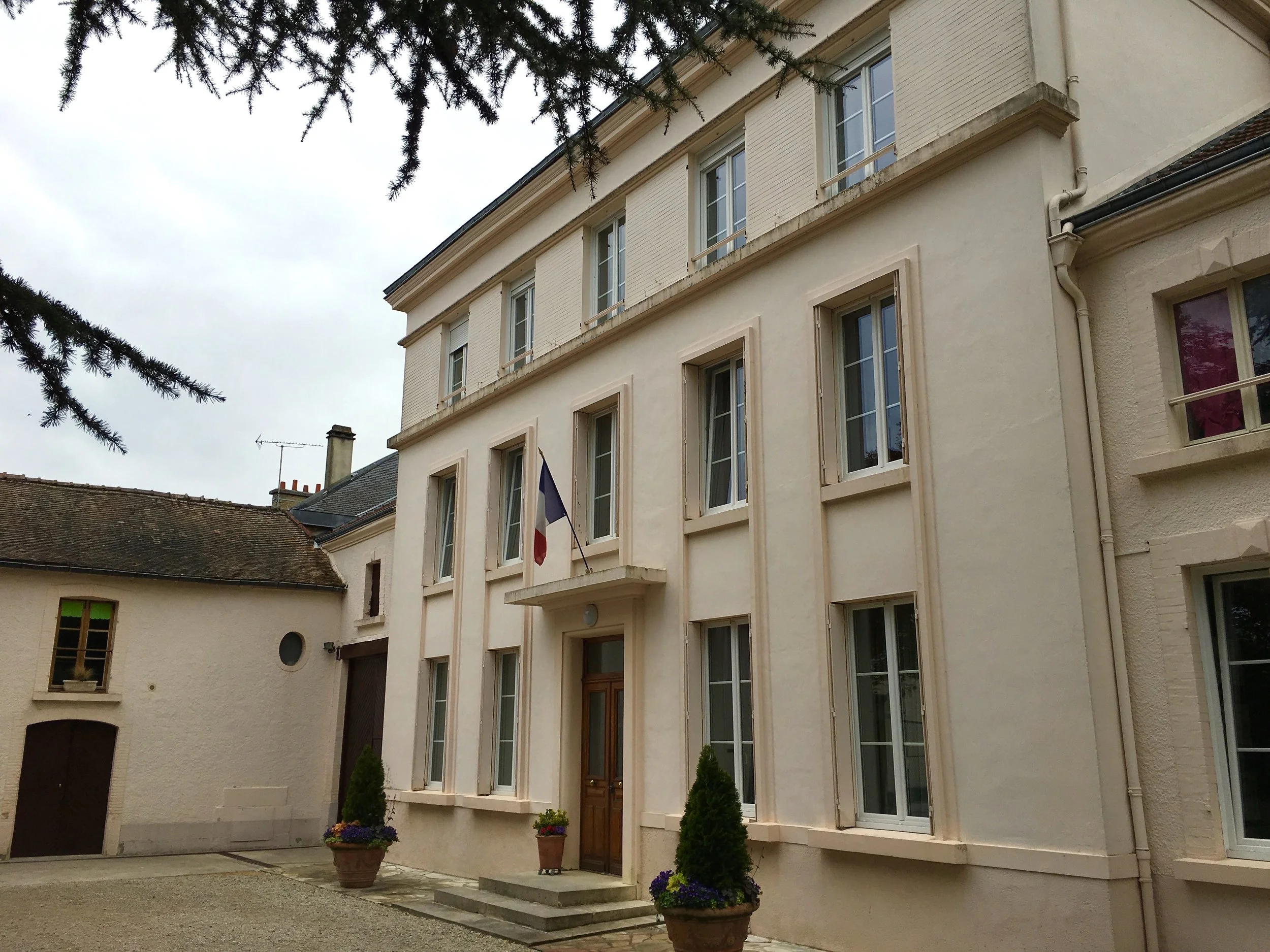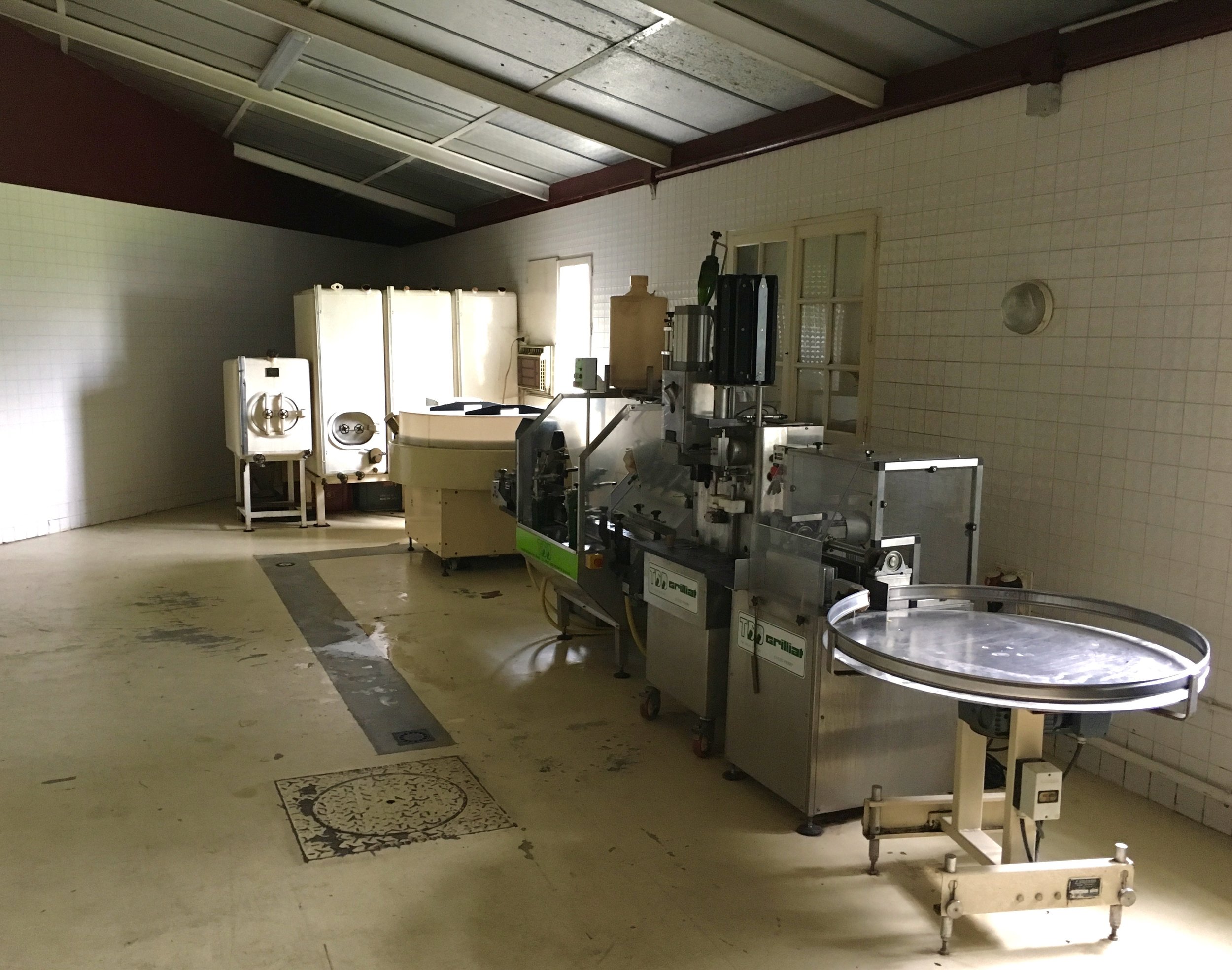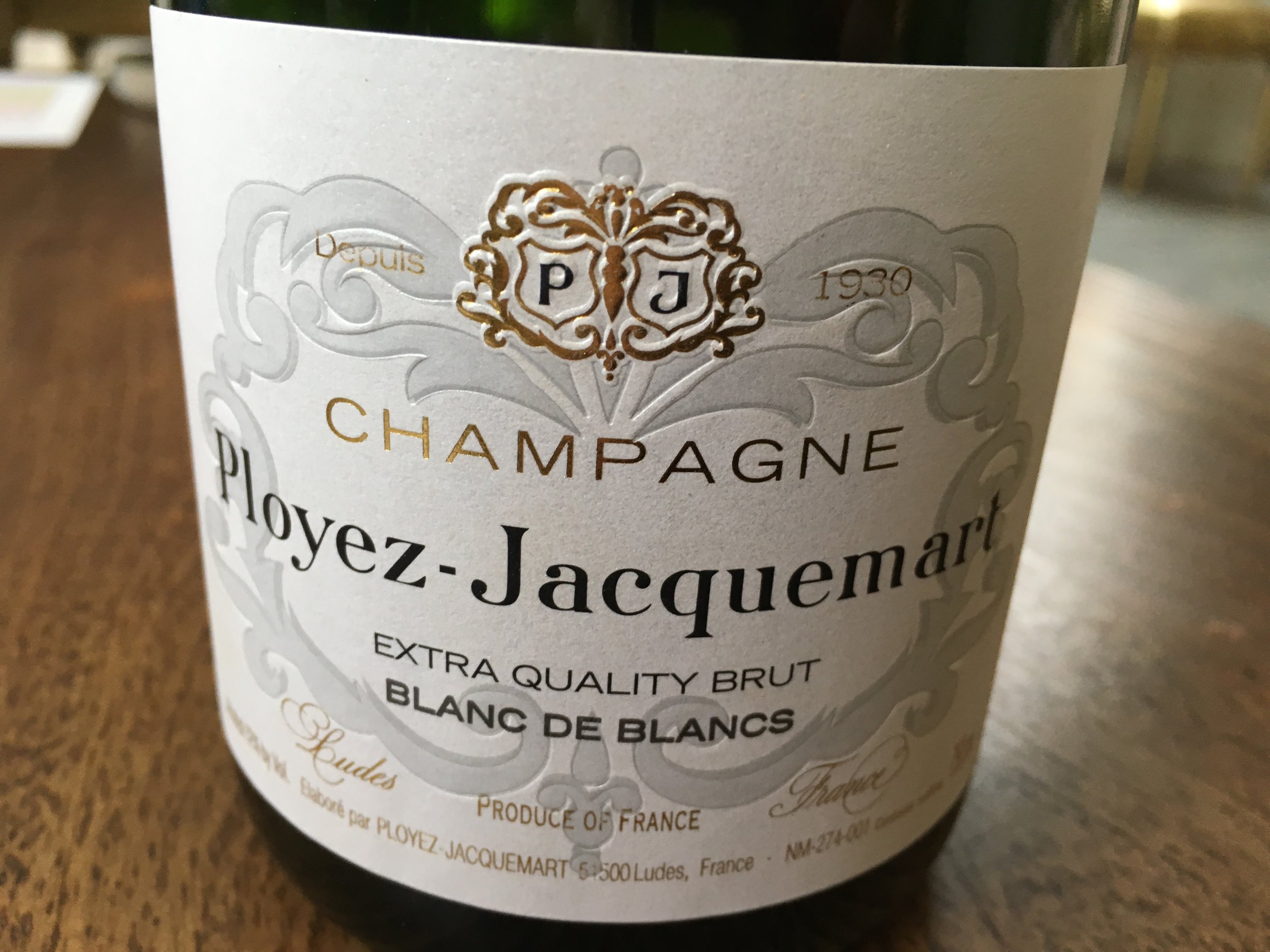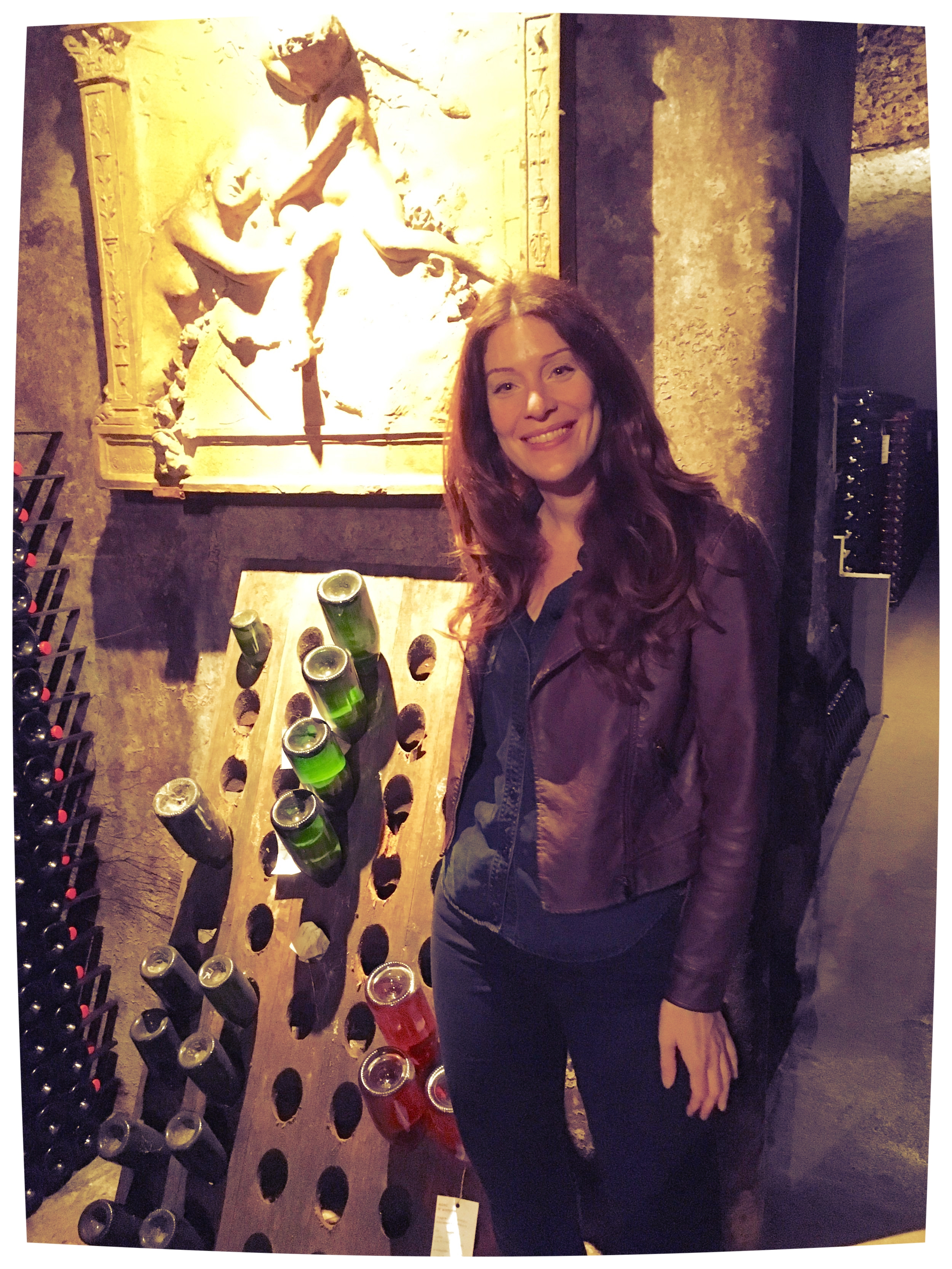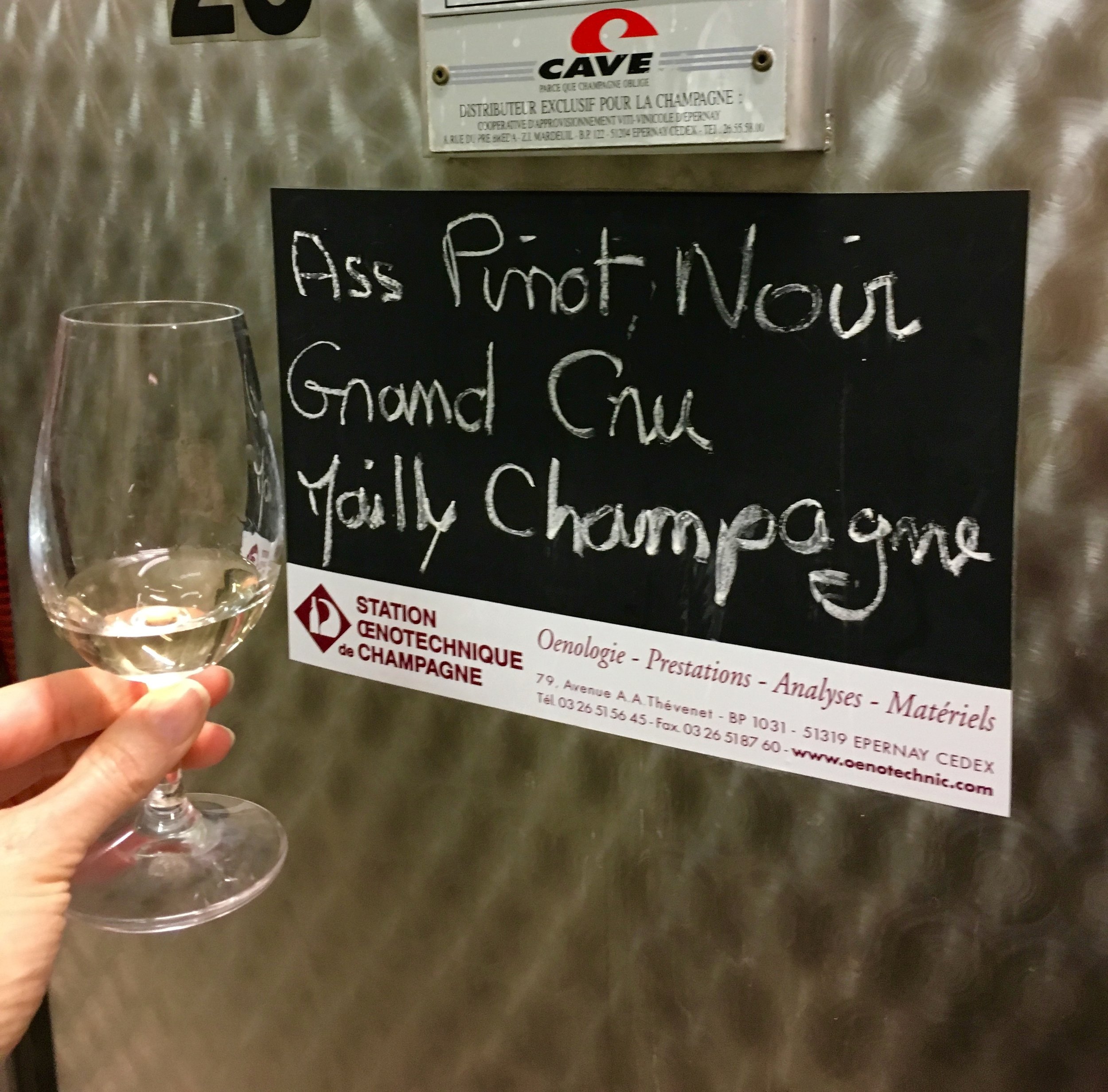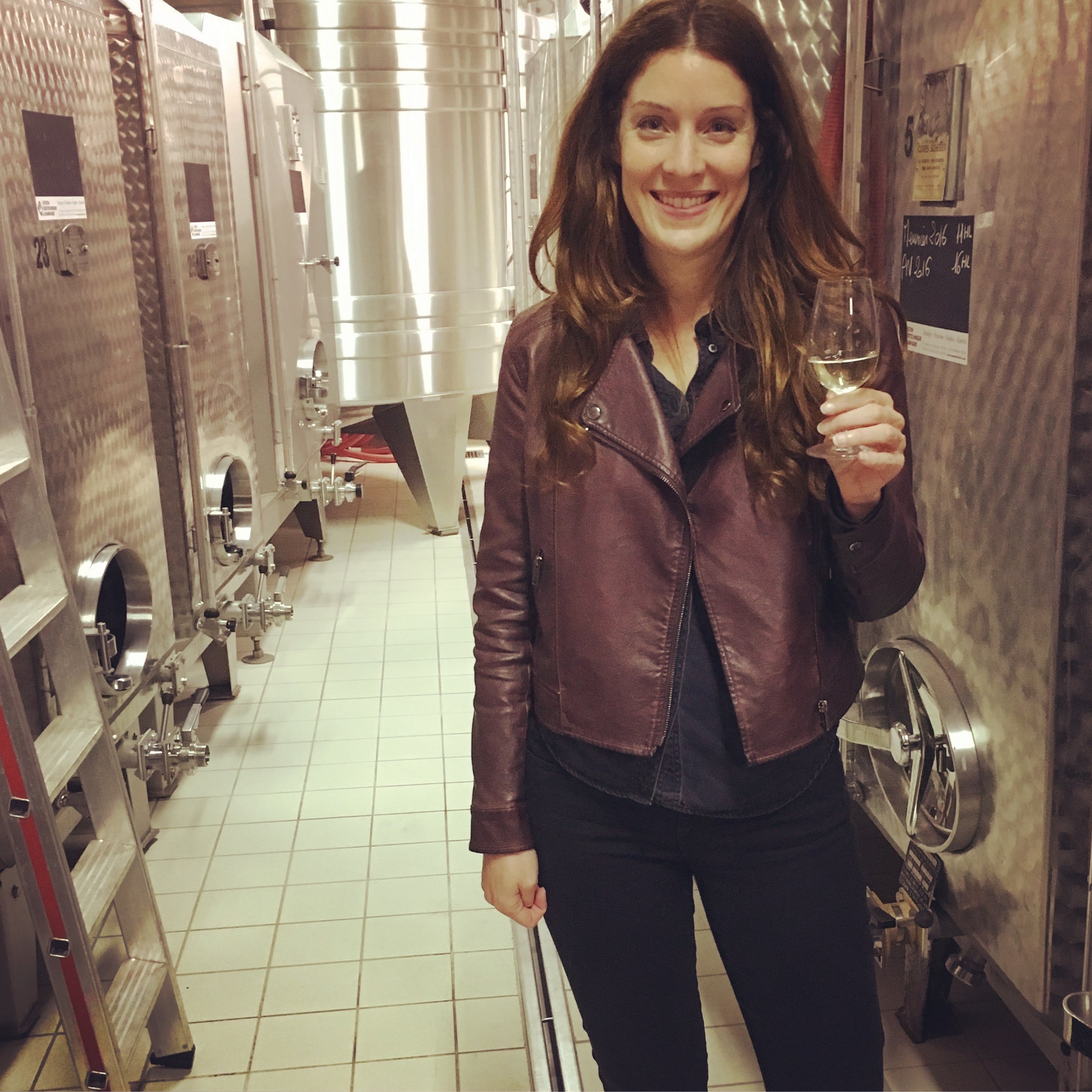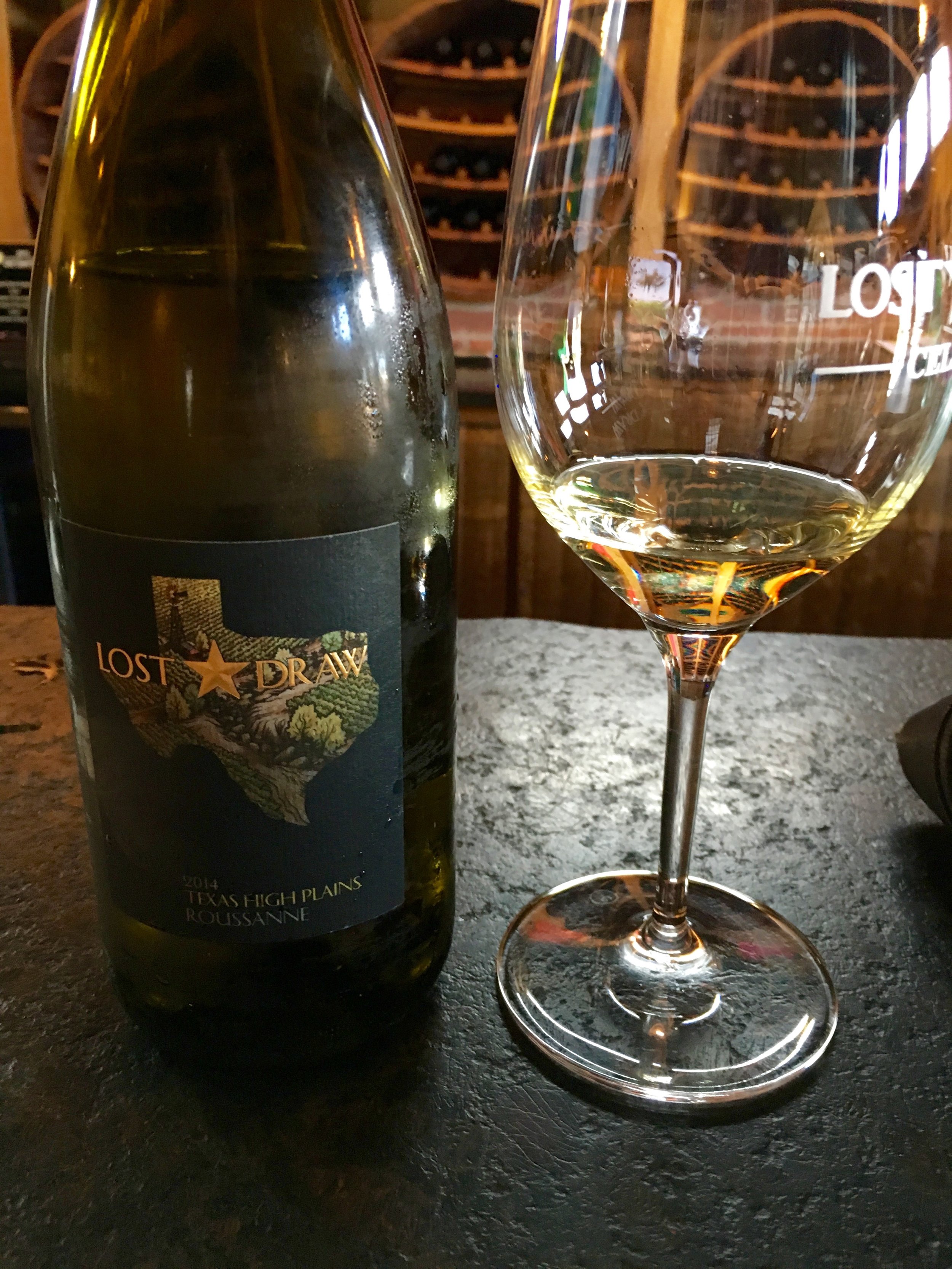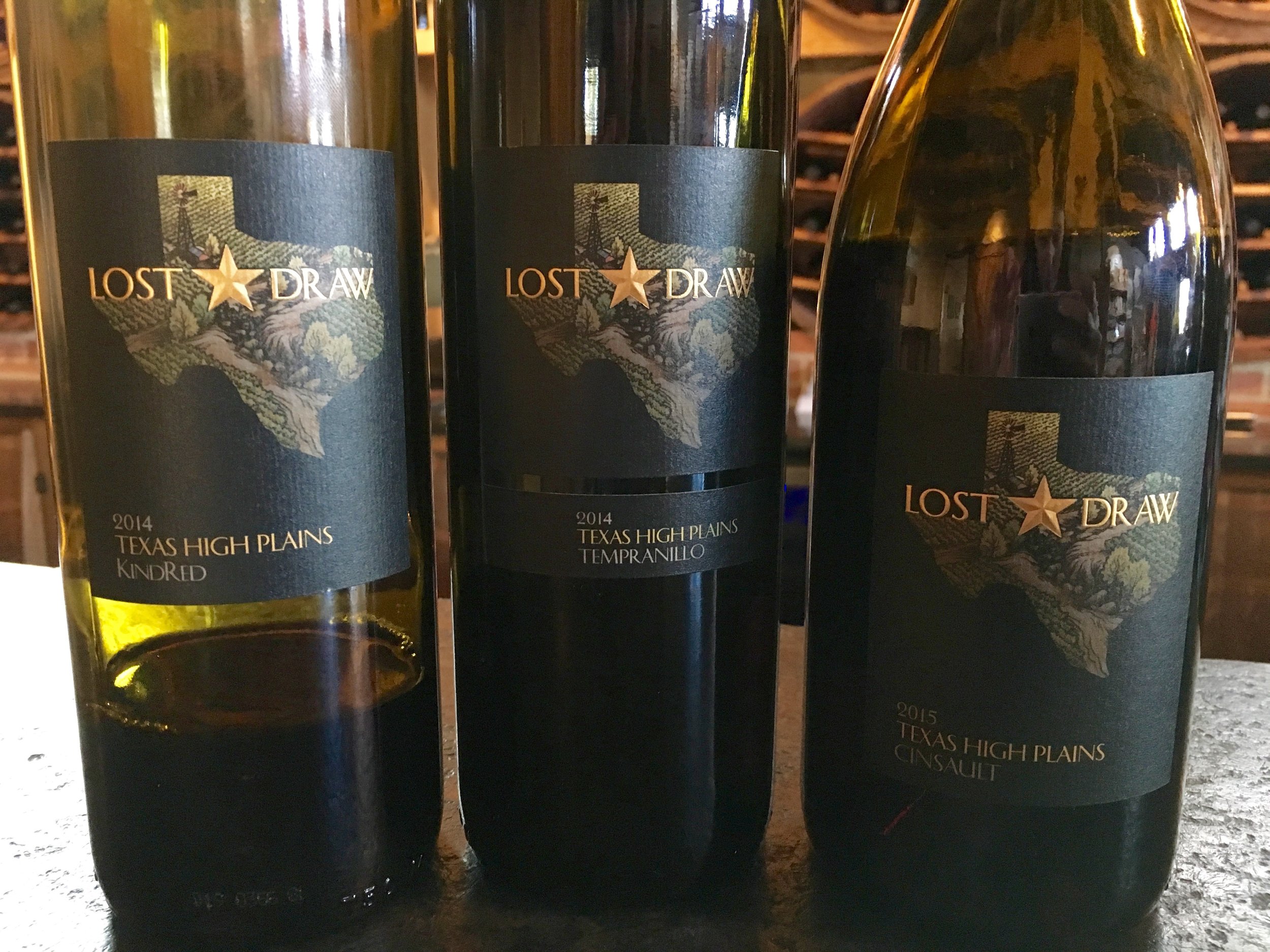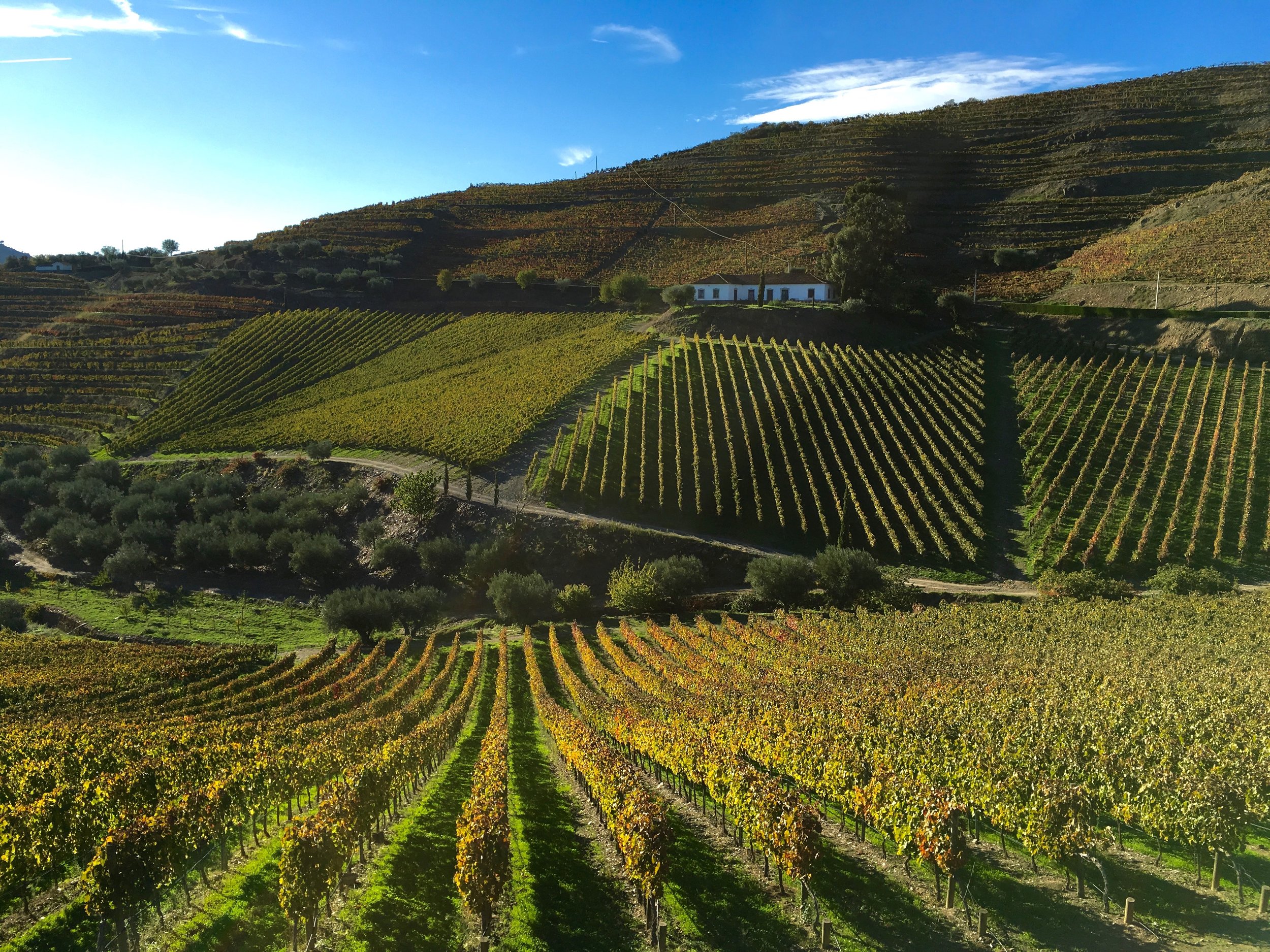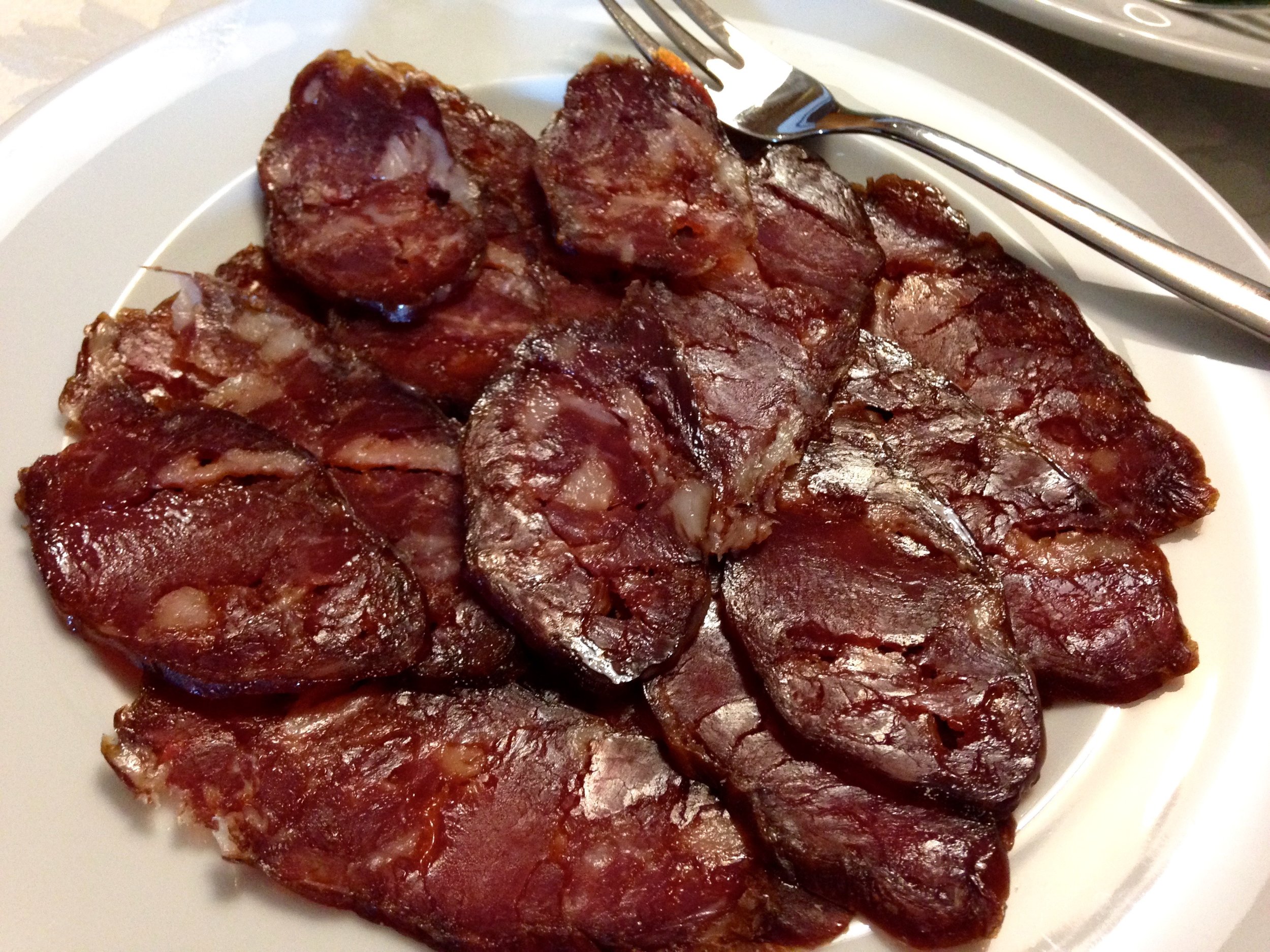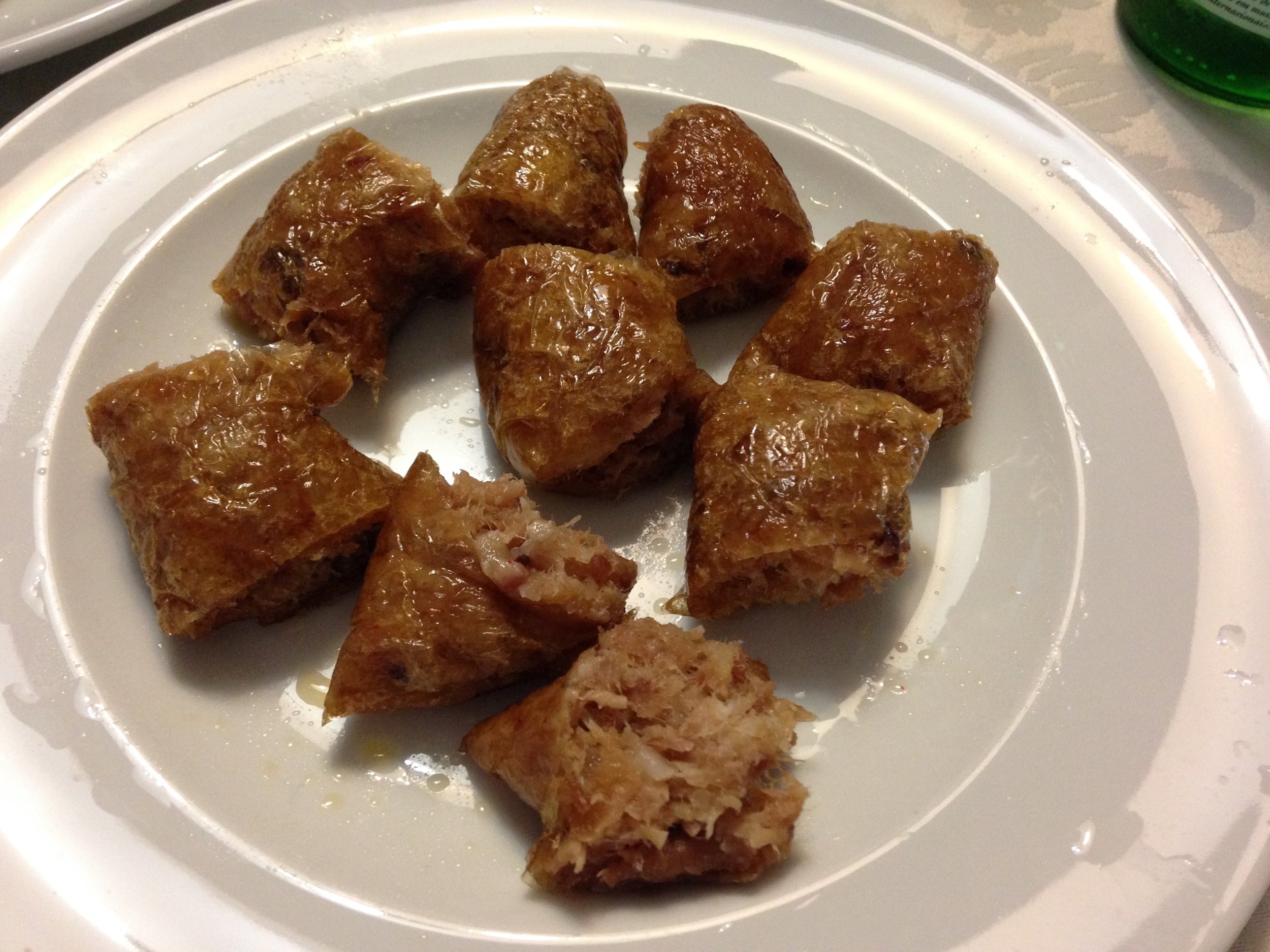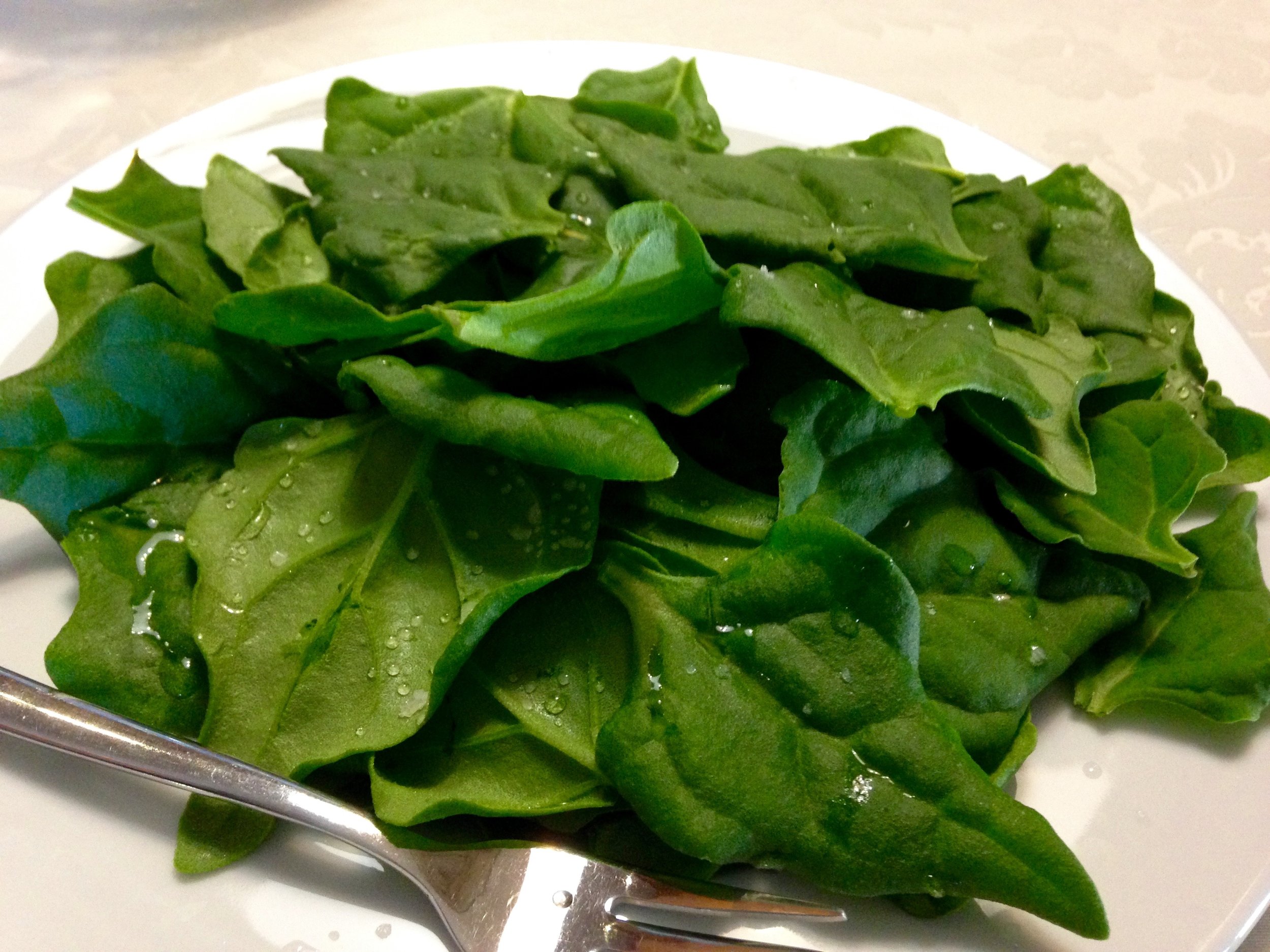Wine: I love these wines--there is just so much going on in them! The style in general is rich and more concentrated yet incredibly fresh. Laurence Ployez is the 3rd generation vigneron in this family domaine. She uses only the 1st pressing for all of their champagnes and doses around 3-4 grams. There is a network of amazing tunnels beneath the domaine where the bottles sit for lees aging for a minimum of 3 years and up to 10+ years for the vintage wines. One level of tunnels sits 25 meters below ground and underneath another set of tunnels. Walking through the tunnels feels like walking back in time as you come across each stack of bottles and see the signs indicating the harvest year or cuvée number.
Tasting of 4 wines: 1. Extra Brut Blanc de Blancs NV--but mostly 2006 harvest (citrus, brioche, fresh-baked bread, melon, apple). 2. Extra Brut Blanc de Blancs 2005 (hard cheese, salty, brulée, orange brioche, citrus). 3. Extra Brut 2005 1/3 chardonnay/1/3 pinot noir/1/3 meunier (wild strawberry, caramel, brioche, white mushrooms, round). 4. d'Harbonville 1998 Brut 100% chardonnay (fermented in oak, Chassagne-Montrachet with bubbles, mind-bogglingly good - tasted the 1999 too and it was even better).
My take: Champagne is magic and this place proves it. Their caves are full of history and atmosphere. The wine making is impeccable. The tour is an excellent primer on the champagne method and is really fun too (the tunnels!). A must in Champagne! More on Ployez-Jacquemart.



